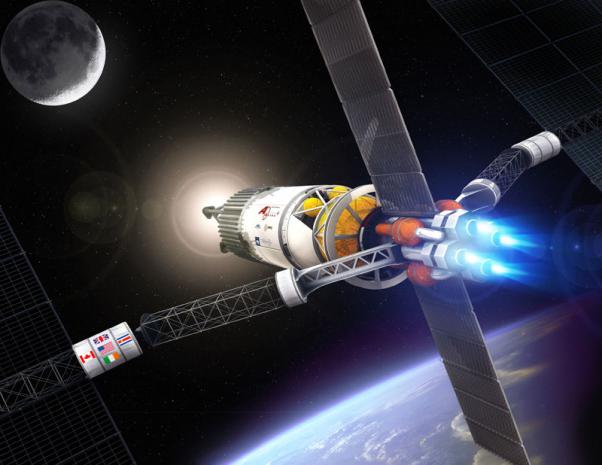
Breaking News
 The Days of Democracy Are Over
The Days of Democracy Are Over
 Elon Musk Described an AI Device to Replace Phones in 5 Years
Elon Musk Described an AI Device to Replace Phones in 5 Years
 Deposit Insurance For Billionaires?
Deposit Insurance For Billionaires?
 Rep. Troy Balderson Is Right: Coal And Gas Drive Affordable, Reliable, And Clean Energy
Rep. Troy Balderson Is Right: Coal And Gas Drive Affordable, Reliable, And Clean Energy
Top Tech News
 Graphene Dream Becomes a Reality as Miracle Material Enters Production for Better Chips, Batteries
Graphene Dream Becomes a Reality as Miracle Material Enters Production for Better Chips, Batteries
 Virtual Fencing May Allow Thousands More Cattle to Be Ranched on Land Rather Than in Barns
Virtual Fencing May Allow Thousands More Cattle to Be Ranched on Land Rather Than in Barns
 Prominent Personalities Sign Letter Seeking Ban On 'Development Of Superintelligence'
Prominent Personalities Sign Letter Seeking Ban On 'Development Of Superintelligence'
 Why 'Mirror Life' Is Causing Some Genetic Scientists To Freak Out
Why 'Mirror Life' Is Causing Some Genetic Scientists To Freak Out
 Retina e-paper promises screens 'visually indistinguishable from reality'
Retina e-paper promises screens 'visually indistinguishable from reality'
 Scientists baffled as interstellar visitor appears to reverse thrust before vanishing behind the sun
Scientists baffled as interstellar visitor appears to reverse thrust before vanishing behind the sun
 Future of Satellite of Direct to Cellphone
Future of Satellite of Direct to Cellphone
 Amazon goes nuclear with new modular reactor plant
Amazon goes nuclear with new modular reactor plant
 China Is Making 800-Mile EV Batteries. Here's Why America Can't Have Them
China Is Making 800-Mile EV Batteries. Here's Why America Can't Have Them
Pulsed Plasma Rocket

The Pulsed Plasma Rocket (PPR) is smaller, less complex, and more affordable.
They fire a 2 kilogram bullet down a barrel where it gets converted into plasma and generates the thrust.
They think it could enable 2-3 month one-way trips to Mars.
The performance of a propulsion system with high Isp and high thrust allows missions throughout the solar system and beyond which are not possible with current technology. Human missions to Mars in two months are possible. Alternatively, heavier ships containing shielding against Galactic Cosmic Rays are enabled so that the dose to the crew is reduced to negligible levels. This may be preferable for Mars missions or may enable human missions to the Asteroid Belt in acceptable timeframes. A mission to the 550 AU location where the Sun's gravitational lens focuses can be considered. They are focusing on a large, heavily shielded ship to transport humans and cargo to Mars for the development of a Martian base.

 China Innovates: Transforming Sand into Paper
China Innovates: Transforming Sand into Paper

